How Does A Digital Camera Sensor Work ?
A digital camera sensor works by converting light into electrical signals. It consists of millions of tiny photosensitive elements called pixels. Each pixel captures the intensity of light that falls on it and converts it into an electrical charge. This charge is then converted into a digital signal by an analog-to-digital converter.
The sensor is typically made of a semiconductor material, such as silicon, which is sensitive to light. It is covered with a color filter array, usually a Bayer filter, which allows each pixel to capture either red, green, or blue light. The combination of these colors in different pixels creates the full-color image.
When the shutter button is pressed, the camera's lens focuses the light onto the sensor. The light passes through the lens and the color filter array, and each pixel captures the amount of light it receives. The electrical charges generated by the pixels are then read out and processed by the camera's image processor to create a digital image file.
Overall, the digital camera sensor plays a crucial role in capturing and converting light into digital images, allowing us to capture and preserve moments in a digital format.
1、 Photodetection: Conversion of light into electrical signals by photosensitive elements.
A digital camera sensor is a crucial component that captures light and converts it into electrical signals, which are then processed to create digital images. The process of photodetection lies at the heart of how a digital camera sensor works.
Photodetection involves the conversion of light into electrical signals by photosensitive elements known as pixels. Each pixel on the sensor consists of a photosensitive material, typically a semiconductor such as silicon. When light strikes these pixels, it excites the electrons within the material, causing them to move and generate an electrical charge.
The amount of charge generated by each pixel is proportional to the intensity of the light that falls on it. This charge is then measured and converted into a digital value by an analog-to-digital converter (ADC). The resulting digital data represents the brightness and color information of the captured image.
Modern digital camera sensors employ various technologies to enhance their performance. One such technology is the use of a color filter array (CFA), commonly known as the Bayer filter. The Bayer filter consists of red, green, and blue color filters arranged in a mosaic pattern over the pixels. This allows each pixel to capture only one color component of the image, and the missing color information is interpolated during image processing.
Additionally, advancements in sensor design have led to the development of back-illuminated sensors. In traditional sensors, the wiring and circuitry are placed in front of the photosensitive material, partially blocking the incoming light. In back-illuminated sensors, this arrangement is reversed, allowing more light to reach the photosensitive material and improving the sensor's sensitivity and low-light performance.
In conclusion, a digital camera sensor works by converting light into electrical signals through photodetection. This process involves the use of photosensitive elements within each pixel, which generate an electrical charge proportional to the intensity of the incident light. Advancements in technology, such as color filter arrays and back-illuminated sensors, have further improved the performance and capabilities of digital camera sensors.

2、 Pixel Array: Grid of individual light-sensitive pixels on the sensor.
A digital camera sensor is a crucial component that captures light and converts it into a digital image. It consists of a pixel array, which is a grid of individual light-sensitive pixels on the sensor. Each pixel acts as a tiny photosensitive element that records the intensity of light falling on it.
When light enters the camera through the lens, it passes through a series of optical elements and eventually reaches the sensor. The sensor's pixel array detects the light and converts it into an electrical signal. This signal is then processed by the camera's image processor to create a digital image.
Each pixel in the array consists of a photosensitive element, typically a photodiode, which generates an electrical charge proportional to the amount of light it receives. The charge is then converted into a digital value by an analog-to-digital converter (ADC) within the sensor. This digital value represents the brightness or color information of that particular pixel.
The latest advancements in digital camera sensors have focused on improving their sensitivity, dynamic range, and resolution. Backside-illuminated (BSI) sensors, for example, have the photodiodes placed on the backside of the sensor, allowing more light to reach them. This enhances the sensor's low-light performance.
Additionally, manufacturers have been increasing the number of pixels in the sensor to achieve higher resolution images. However, it is important to note that pixel count alone does not determine image quality. Factors such as pixel size, sensor size, and image processing algorithms also play a significant role.
In conclusion, a digital camera sensor works by utilizing a pixel array to capture light and convert it into a digital image. The latest advancements in sensor technology aim to improve sensitivity, dynamic range, and resolution, ultimately enhancing the overall image quality.

3、 Charge Accumulation: Accumulation of electrical charge in each pixel proportional to light intensity.
A digital camera sensor works by capturing light and converting it into electrical signals that can be processed and stored as digital images. The process begins with the charge accumulation in each pixel, which is proportional to the intensity of light hitting the sensor.
The sensor is made up of millions of tiny light-sensitive elements called pixels. Each pixel consists of a photosensitive material, typically a silicon-based semiconductor, which can generate an electrical charge when exposed to light. When light enters the camera through the lens, it passes through a series of filters and reaches the sensor.
The photosensitive material in each pixel absorbs the photons of light and converts them into electrons. The number of electrons generated is directly proportional to the intensity of light hitting the pixel. This charge accumulation process occurs simultaneously in all the pixels across the sensor.
Once the charge accumulation is complete, the sensor reads the electrical charge from each pixel and converts it into a digital signal. This is done by passing a voltage through the pixel, which causes the charge to be converted into a measurable electrical current. The current is then amplified and converted into a digital value using an analog-to-digital converter.
The digital values from all the pixels are then processed by the camera's image processor to create a digital image. The processor applies various algorithms to enhance the image quality, adjust colors, and reduce noise.
In recent years, there have been advancements in sensor technology, such as the introduction of back-illuminated sensors. These sensors have a modified structure that allows more light to reach the photosensitive material, resulting in improved low-light performance and overall image quality.
In conclusion, a digital camera sensor works by accumulating electrical charge in each pixel proportional to the intensity of light. This charge is then converted into a digital signal, processed, and ultimately transformed into a digital image.

4、 Analog-to-Digital Conversion: Conversion of analog charge into digital data.
A digital camera sensor is a crucial component that captures light and converts it into digital data. It consists of millions of tiny light-sensitive elements called pixels. Each pixel is capable of detecting and measuring the intensity of light that falls on it.
The process of converting the analog charge generated by the pixels into digital data is known as analog-to-digital conversion (ADC). This conversion is necessary because digital devices, including cameras, operate on binary code (0s and 1s), while the charge generated by the pixels is analog in nature.
The ADC process begins by reading the charge accumulated by each pixel. This charge is then converted into a voltage signal, which is subsequently digitized. The voltage signal is sampled at regular intervals, and the amplitude of each sample is quantized into a digital value. The number of bits used for quantization determines the dynamic range and precision of the digital data.
The latest advancements in digital camera sensors have focused on improving their resolution, sensitivity, and dynamic range. Manufacturers have developed sensors with higher pixel counts, allowing for more detailed images. Additionally, sensor technologies like backside-illuminated (BSI) sensors have been introduced, which enhance light sensitivity and reduce noise.
Furthermore, advancements in ADC technology have led to improved dynamic range and color accuracy. Modern sensors employ techniques like dual-gain architecture and multi-exposure HDR to capture a wider range of tones and colors.
In conclusion, a digital camera sensor works by converting the analog charge generated by pixels into digital data through the process of analog-to-digital conversion. Ongoing advancements in sensor technology continue to push the boundaries of image quality, resolution, and sensitivity, enabling photographers to capture more detailed and vibrant images.
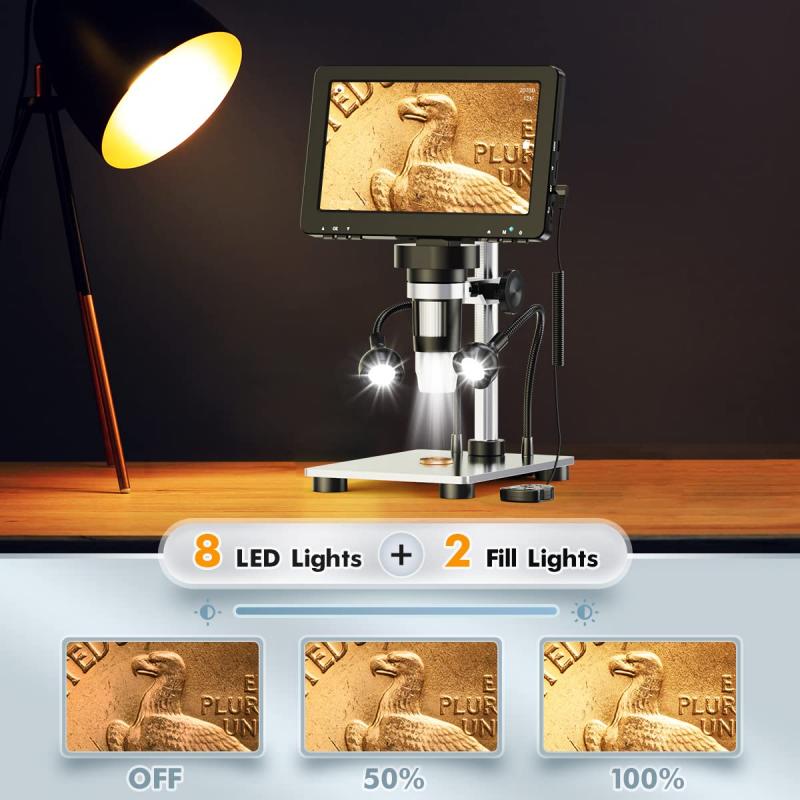








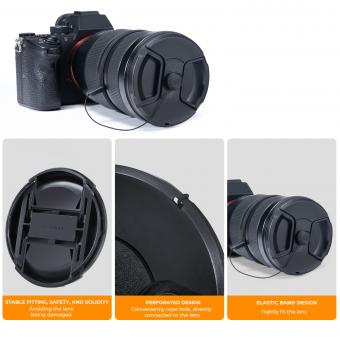





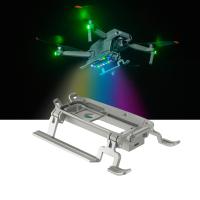

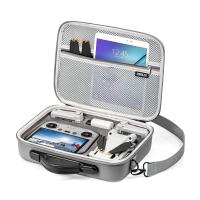





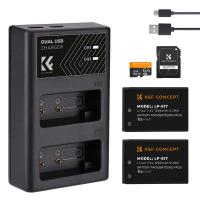




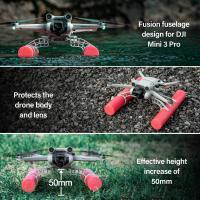


There are no comments for this blog.